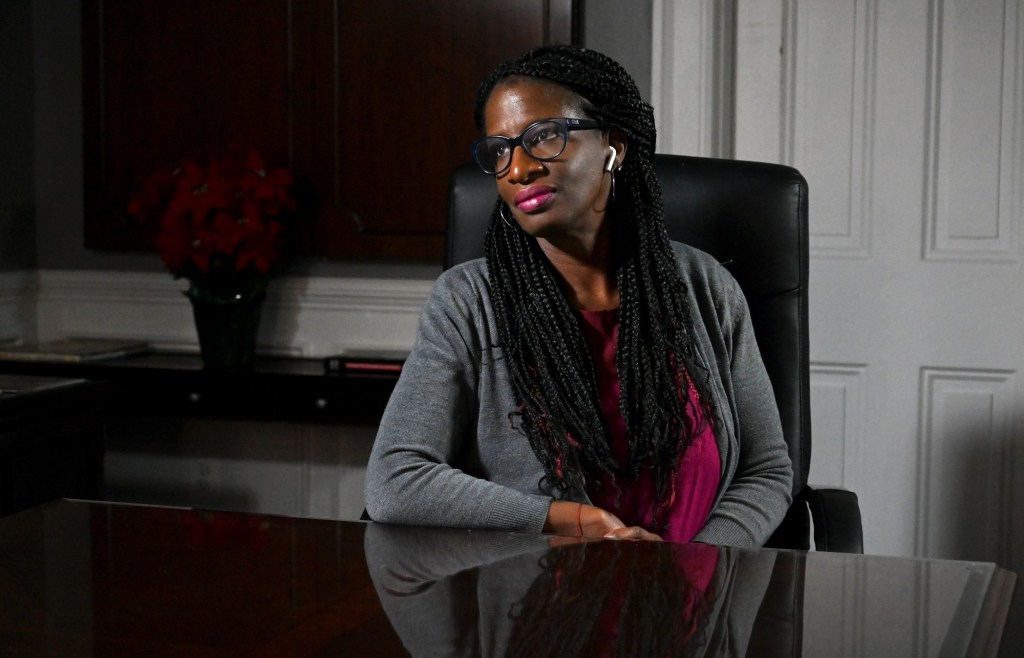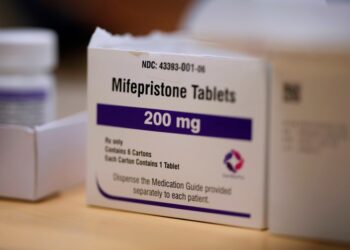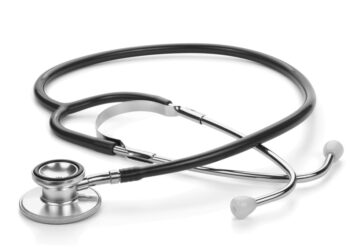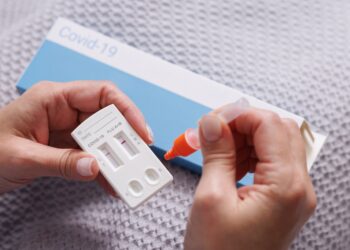Fiona Edwards is 50 years old, but to this day, some of her most traumatic memories are from her elementary school classroom in the Caribbean.
As a child with an overactive imagination who struggled to stay organized and to wait her turn, Edwards had a hard time learning as her classmates did. And her principal didn’t waste any opportunity to remind her — and everyone else – that she was “an unteachable dunce,” said Edwards, who now lives in Baltimore.
“Ninety percent of the scars on my body came from school — getting spanked because teachers deemed me so stupid,” she said. “Not because I was actually stupid, but because they didn’t have the training to teach me effectively.”
It wasn’t until Edwards was studying for her bachelor’s degree in her early 30s that she finally got an explanation for why she had to work so much harder than her classmates: She had attention-deficit/hyperactivity disorder, or ADHD.
The number of adults being diagnosed with ADHD — a neurodevelopmental psychiatric disorder characterized by inattention, hyperactivity and impulsivity — is increasing rapidly in the U.S. According to a 2019 study published in the Journal of the American Medical Association, such adult diagnoses are growing roughly four times faster than they are among children.
However, there are no U.S. guidelines for diagnosing and evaluating the disorder in adults, said Dr. David Goodman, an assistant professor in psychiatry and behavioral sciences at the Johns Hopkins School of Medicine. Instead, such guidelines only exist for treating the condition in children and adolescents.
Goodman and other ADHD doctors are optimistic that will change in coming years. The American Professional Society for ADHD and Related Disorders Association — better known as APSARD — recently launched a special committee, stacked with experts and clinicians from around the world, to write the first U.S. treatment and diagnostic guidelines for adults with…
Read the full article here







